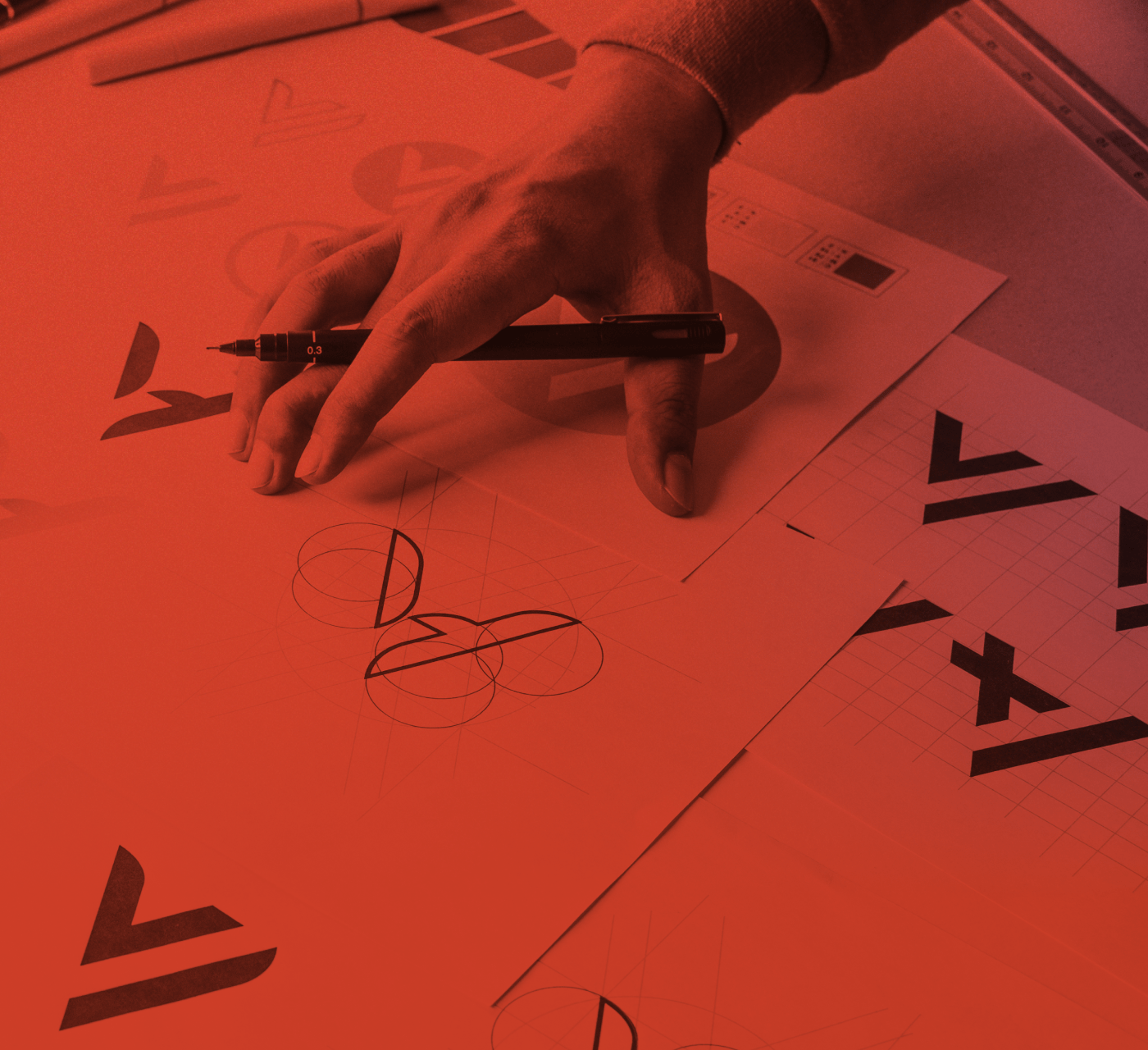What do customers remember about your brand? Probably much, much more than you think. From your visual branding to the experience you offer your customers, every micro-minute someone spends with your brand adds up to their perception of your company and expectation for future interactions. This, over time, builds brand association – how customers perceive and remember your brand.
In this post, we’re sharing everything you need to know about brand association and how to build it.
What is Brand Association?
The most straightforward definition of brand association is how customers remember a brand—what’s burned in their minds from interactions with a brand.
Positive emotional associations with people, places, and things connected to a brand are what define positive brand association.
In order to build a strong, long-lasting brand, positive traits need to be entrenched in customers’ minds in connection to that brand. Positive brand association sells products and increases company value.
Why is Brand Association Important?
Positive brand association connects people to your brand in the right way. If customers relate your brand to enjoyable or high-quality experiences, they’re going to prefer you over competitors with which they don’t have as strong a brand association (or even have a negative one). Non-existent or negative brand association can harm your brand’s reputation, cause brand dilution and result in lower sales or stagnant growth.
The top three reasons brand association is important are:
- Brand Awareness: The more memorable your brand is, the more it remains top of mind for consumers or users.
- Brand Loyalty: The more positive associations with your brand, the more likely you are to gain repeat and loyal customers.
- Increased Revenue: It goes without saying the more loyal customers you have and steadily gain, the more you grow your revenues.
Types of Brand Association
Brand association refers to the attributes, qualities, or concepts that come to mind when consumers think about a brand. These associations can be positive or negative and are critical in shaping consumer perceptions and decisions.
Here are the key types of brand associations:
Type of Brand Association #1: Product
Product Attributes: Features or characteristics of a product or service, such as quality, durability, design, or performance. For example, Volvo is often associated with safety.
Organizational Attributes: Traits related to the company behind the brand, such as reputation, values, or corporate social responsibility. An example is Patagonia’s association with environmental sustainability.
Type of Brand Association #2: Benefits
Functional Benefits: Practical or utilitarian advantages provided by the brand’s products or services. For example, Tide is associated with effective stain removal.
Emotional Benefits: How the brand makes consumers feel, such as happiness, confidence, or security. Dove, for instance, is associated with promoting self-esteem and body positivity.
Experiential Benefits: The experience of using the product or service, including how it feels, tastes, or sounds. Apple, for instance, is associated with a sleek, user-friendly experience.
Type of Brand Association #3: Personality
Brand Personality: Human characteristics attributed to a brand, like being sophisticated, rugged, fun, or reliable. Nike is often associated with being bold and inspiring, while BMW is seen as sophisticated and prestigious.
Association with a Lifestyle: Brands that reflect or align with a particular lifestyle or way of living. For example, Red Bull is associated with an adventurous, active lifestyle.
Brand Experiences: Associations formed through personal experiences with the brand, like customer service or in-store experiences. Disney is associated with magical, family-friendly experiences.
Type of Brand Association #4: Visuals
Logos and Symbols: The visual identity of a brand, including logos, colors, and designs, which trigger associations. The swoosh of Nike, for instance, instantly brings to mind the brand’s association with athleticism and performance.
User Imagery: The type of person or group that is typically seen using the brand. For instance, Chanel is associated with elegant, fashion-conscious individuals.
Type of Brand Association #5: Values
Cultural or Social Symbols: Associations with broader cultural or social concepts, like heritage, tradition, or nationality. Harley-Davidson, for instance, is often associated with American freedom and rebellion.
Core Values: Principles or standards that a brand stands for, such as integrity, innovation, or sustainability. TOMS is associated with the value of giving back through its “One for One” campaign.
Type of Brand Association #6: Associations
Sponsorships and Events: Associations formed through sponsorship of events, such as sports teams or music festivals. Coca-Cola is associated with major sporting events like the Olympics.
Endorsements: Associations that arise from celebrities or influencers who endorse the brand. For example, Michael Jordan’s association with Nike’s Air Jordan brand.
Comparative Associations: How the brand compares to its competitors. For example, Pepsi is often associated with being an alternative to Coca-Cola, with a youthful, rebellious twist.
Each of these types of brand associations plays a role in how consumers perceive and interact with a brand, influencing their purchasing decisions and brand loyalty.
Strong Examples of Brand Association
Strong brand association can take memorable brands and turn them into iconic ones. Some of the top examples, as reported by Business Marketing Blog (BMB) are:
- Coca-Cola is classic;
- Downy is soft;
- Apple is simple;
- Tesla is electric;
- Nike is performance.
For the most iconic brands, something as simple as the right shade of blue can stir up pleasant memories and images – that’s next-level brand association (the dream of marketing departments everywhere).
Barriers to Positive Brand Association
A lot of companies struggle to earn positive brand association effectively due to problems that are relatively easy to solve. Unfortunately, not finding solutions to pain points for too long can lead to negative brand association—something that’s hard to recover from.
Some common barriers to positive brand association include:
- Lack of access to current, on-brand assets,
- Lack of understanding of the brand voice, and
- Lack of communication of brand strategy and vision.
These challenges can all eventually become detrimental to a brand. There are plenty of solutions out there to move past these kinds of branding pain points, such as a digital asset management solution (DAM).
How Do You Build Positive Brand Association?
It’s important to understand that people associate brands with a vast array of memories, emotions, and other elements. According to BMB, other factors aside from the product or service itself include memories of past interactions; how the memories made them feel; locations to find the products or services; and influencers who have endorsed the brand. Stringent and thorough training processes can help ensure employees and other representatives understand how to portray the brand effectively.
Aside from customer experiences, logos, graphics and colors are a fantastic way to entrench your brand into a customer’s mind. To do this, brand consistency is absolutely necessary at every level. This means that everyone at the company has access to the same tools. Is an office administrator using the most recent logo in their email signature? Did the latest social media graphic use the correct, on-brand fonts? All of these branding cues make a huge difference in the long run, which is why everyone needs a solution to ensure access to the right brand assets – all the time.
Brand Association Building Checklist
There are three key factors to consider that can help or hinder your brand association:
- Visuals and Graphic Design
- Brand Language
- Personification
Strong Visuals and Graphic Design
Visual elements like colour palette, font style, shapes and symbols help to engrain your brand in the minds of customers. These visual elements should immediately trigger memories and emotions for customers who have come in contact with your brand – good ones. To ensure consistency, it can be valuable to share brand guidelines with those representing your organization.
Brand Language
Slogans, jingles, brand voice and tone are all important aspects of sending a consistent brand message across all channels, at all times. This is incredibly important in the age of social media, where the brand language needs to be consistent with everything being published—including print, radio, display, email marketing, and TV advertising. Everything needs to sound like the same person.
Personification
While not possible for all brands, personification is very effective for companies that offer inanimate products or services. A famous example is the very successful ad campaign from Apple that used a person to represent their computer, and another person to represent a PC. This gave a relatable personality to the machine instead of just listing features.
What is a Brand Association Map?
One tool available when trying to get a handle on brand association is a brand association map. The map is a visual, perceptual representation of a brand and the possible connections to it, helping to understand how a brand is perceived in a relevant market. Studying attributes, attitudes, and images or visuals and their relative association to a brand, the map will show the closer attributes to the center as the stronger associations.

Having a brand audit completed by a third-party company can save a lot of time and effort, plus eliminate biases when evaluating the associations. Having maps done on your competitors is also valuable. If you want to take on this project internally, Brandwatch has a great guide on discovering and measuring your brand association.
Start Building Strong Brand Association
There’s no denying that brand association can make or break a brand. Fostering positive brand association needs to be the underlying theme in all your company’s branding activities. Putting processes in place and using platforms to ensure strong brand assets are ready, available, and used by everyone at your company is achievable.
At MediaValet, we work with clients every single day helping them to create strong brands and push for growth year-over-year.
Interested in how a MediaValet DAM works? Check out our self-guided tour here.
Book a demo with us to find out more!
Related Articles
What a DAM good read!
Fuel your DAM knowledge by browsing our Resource library




